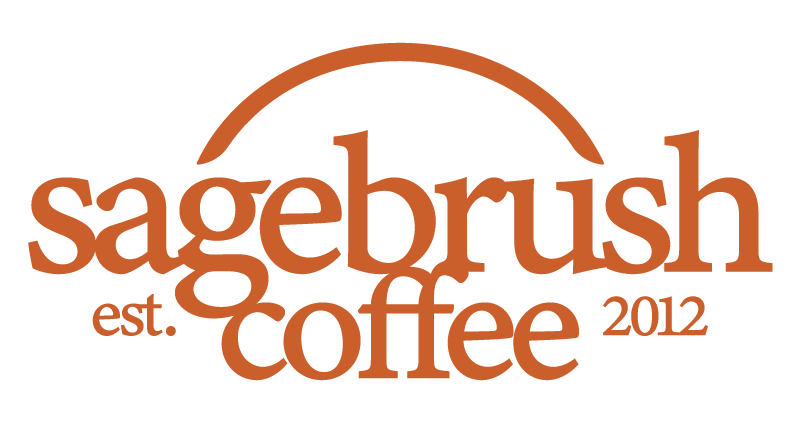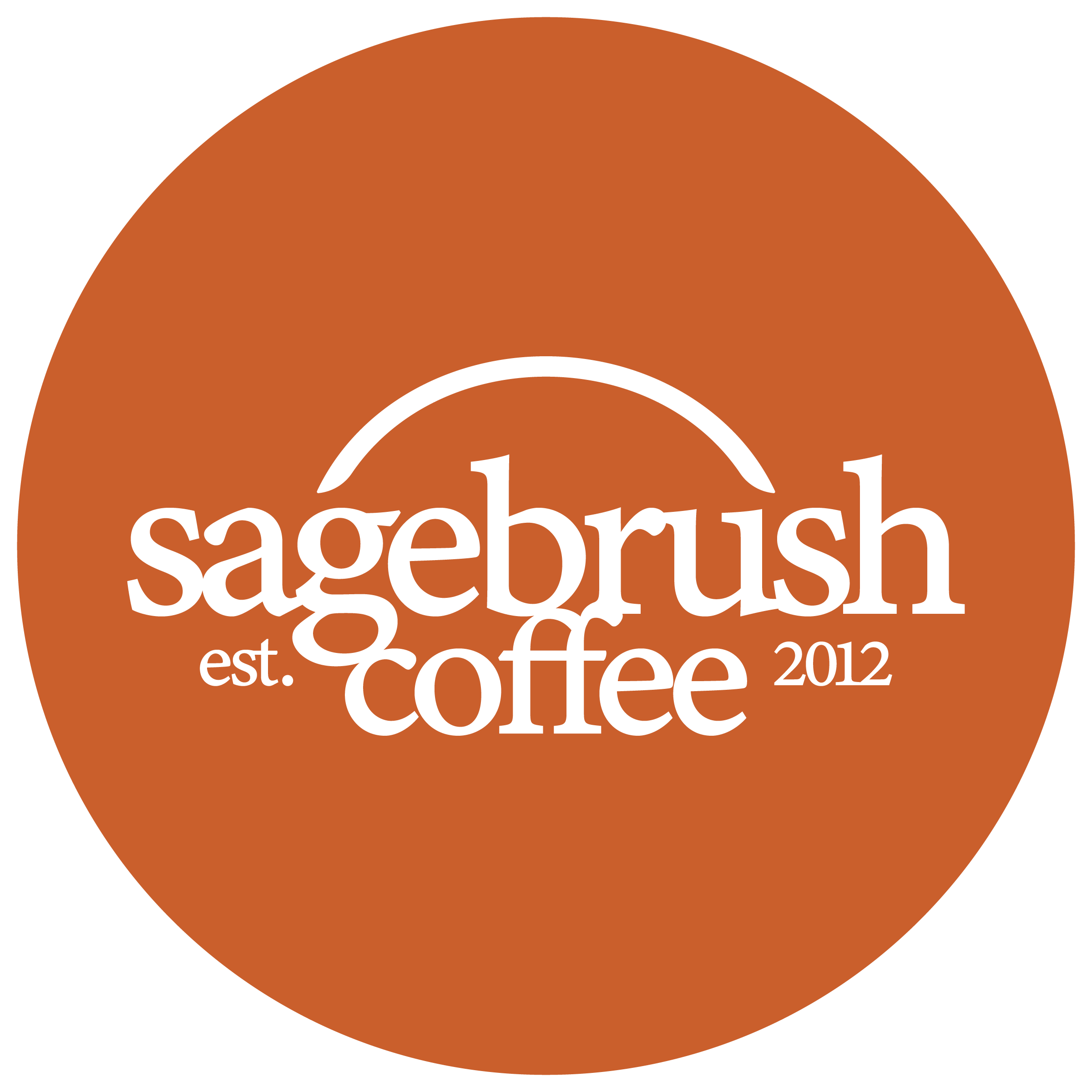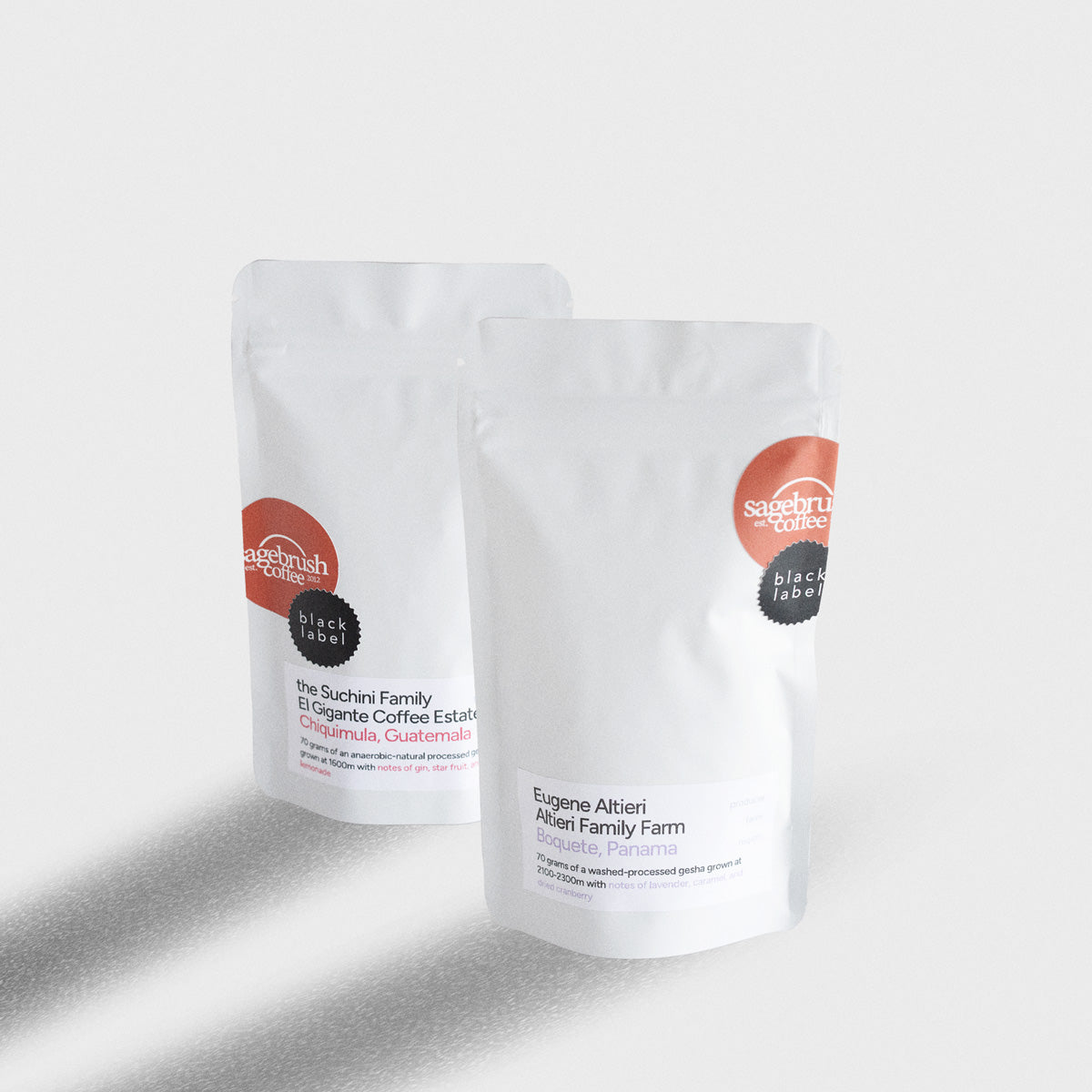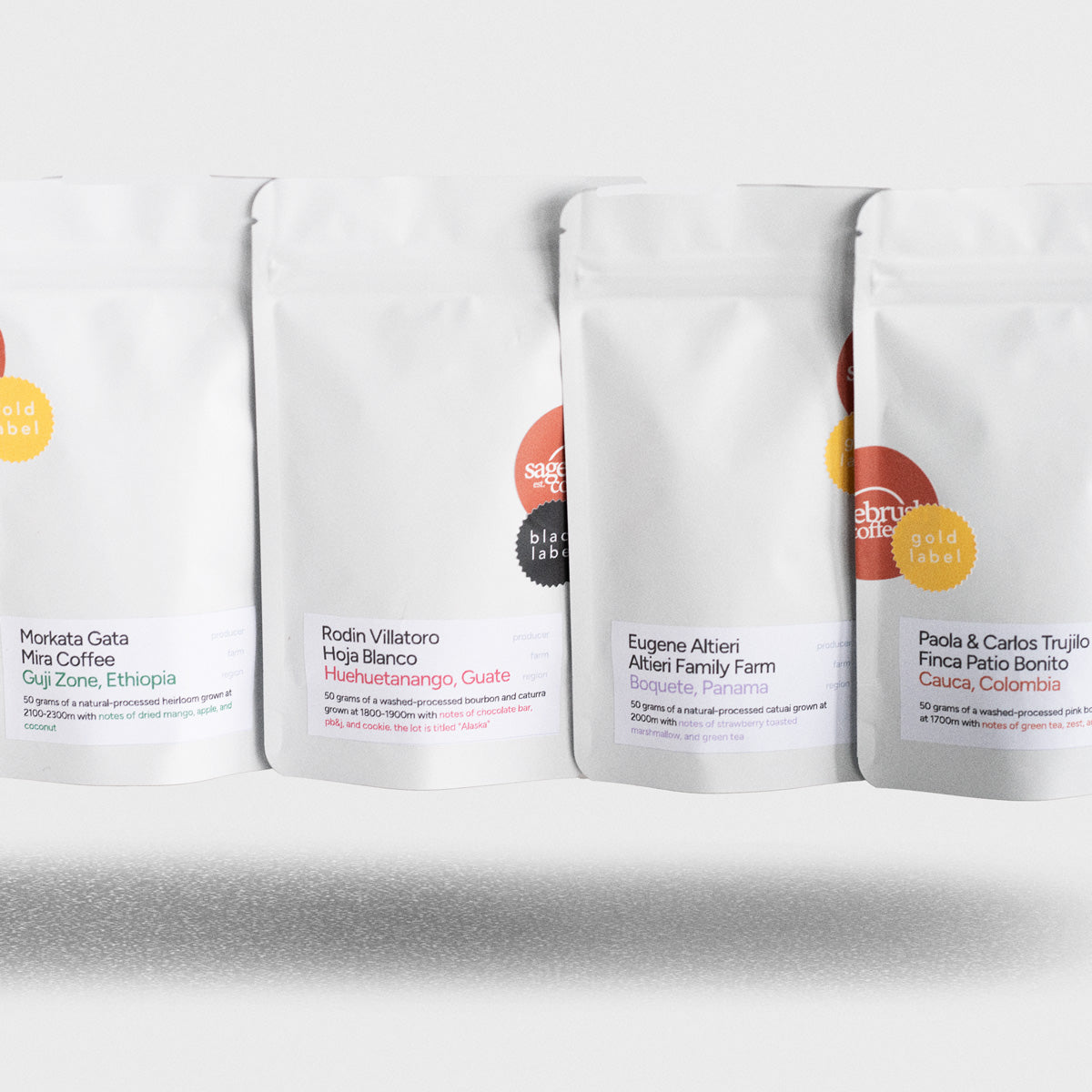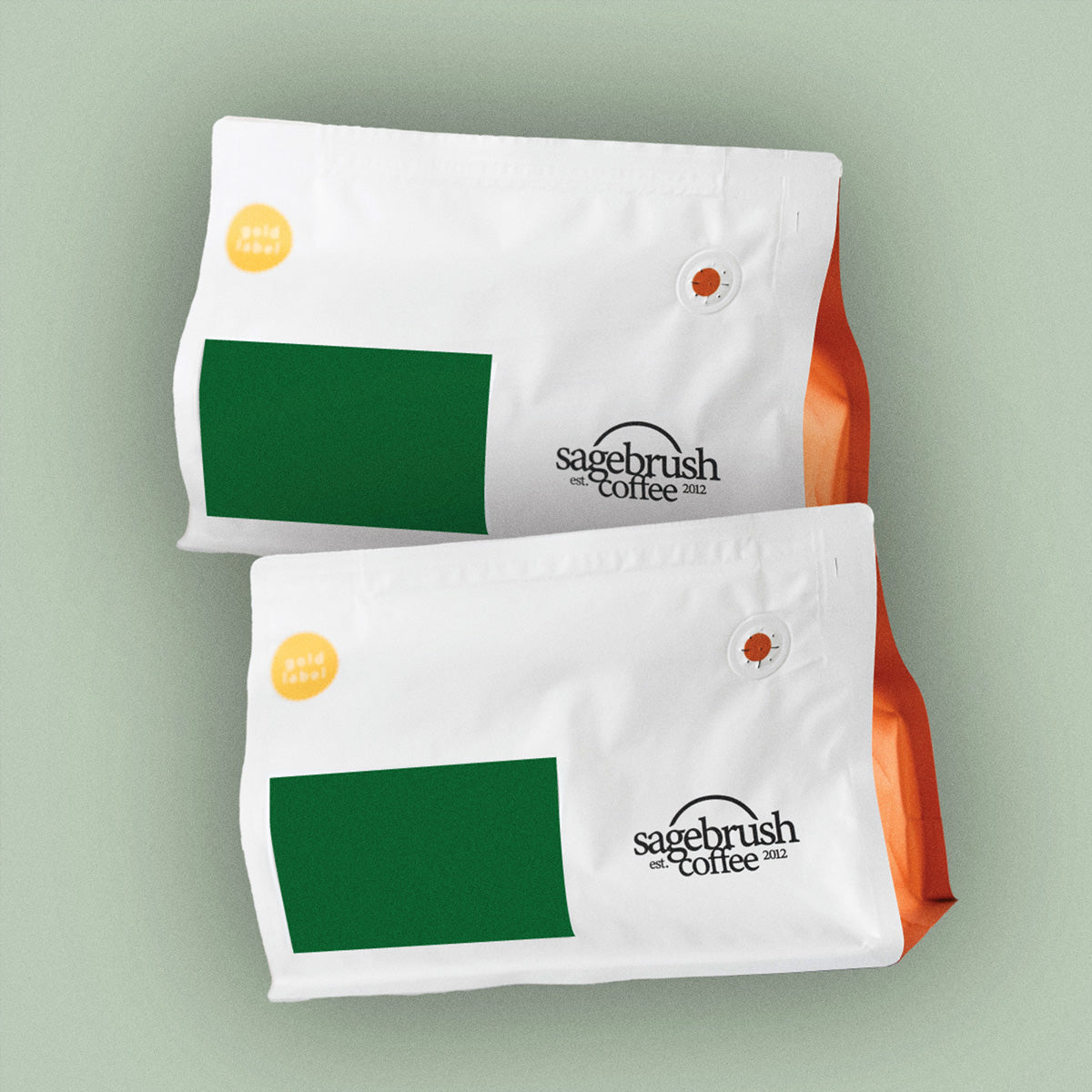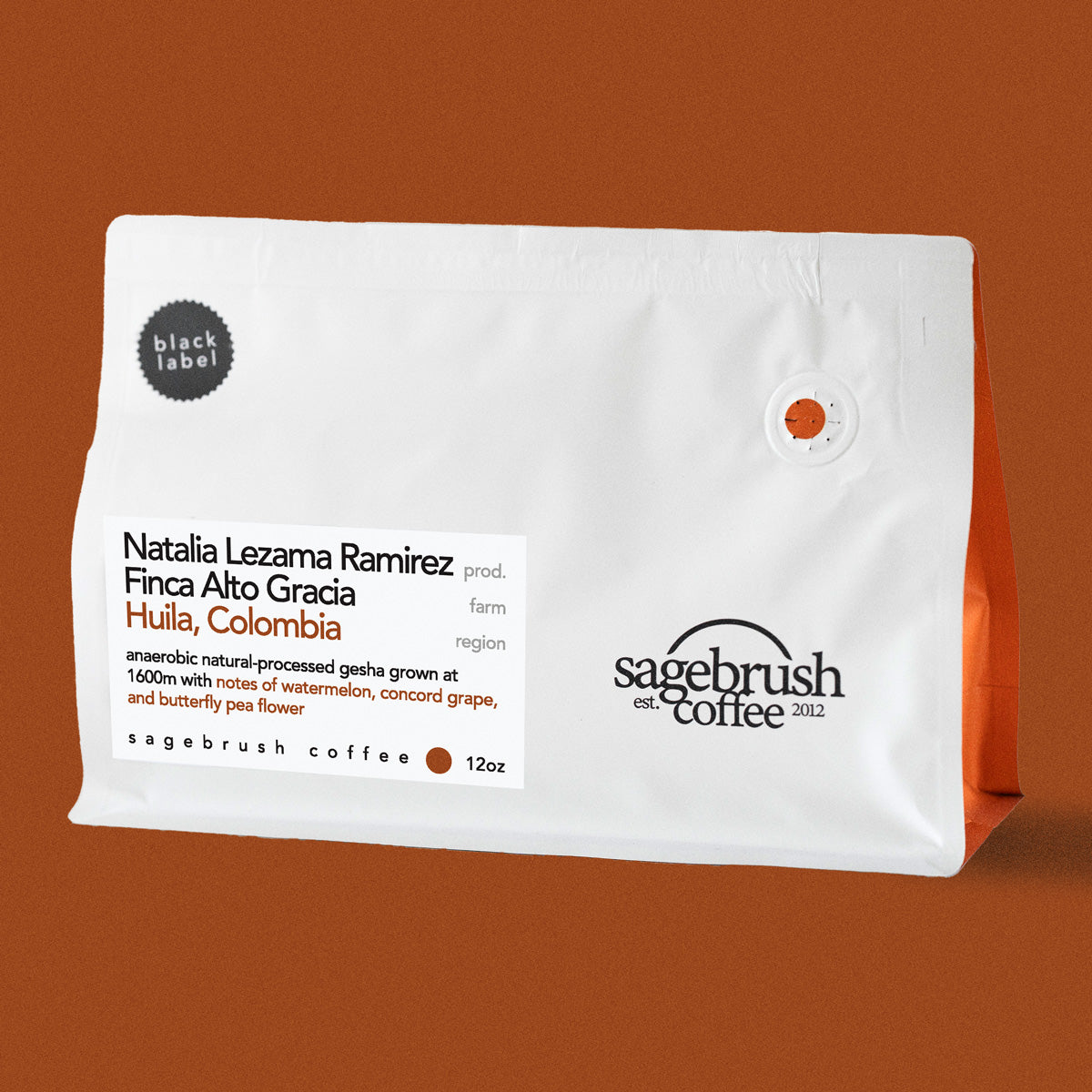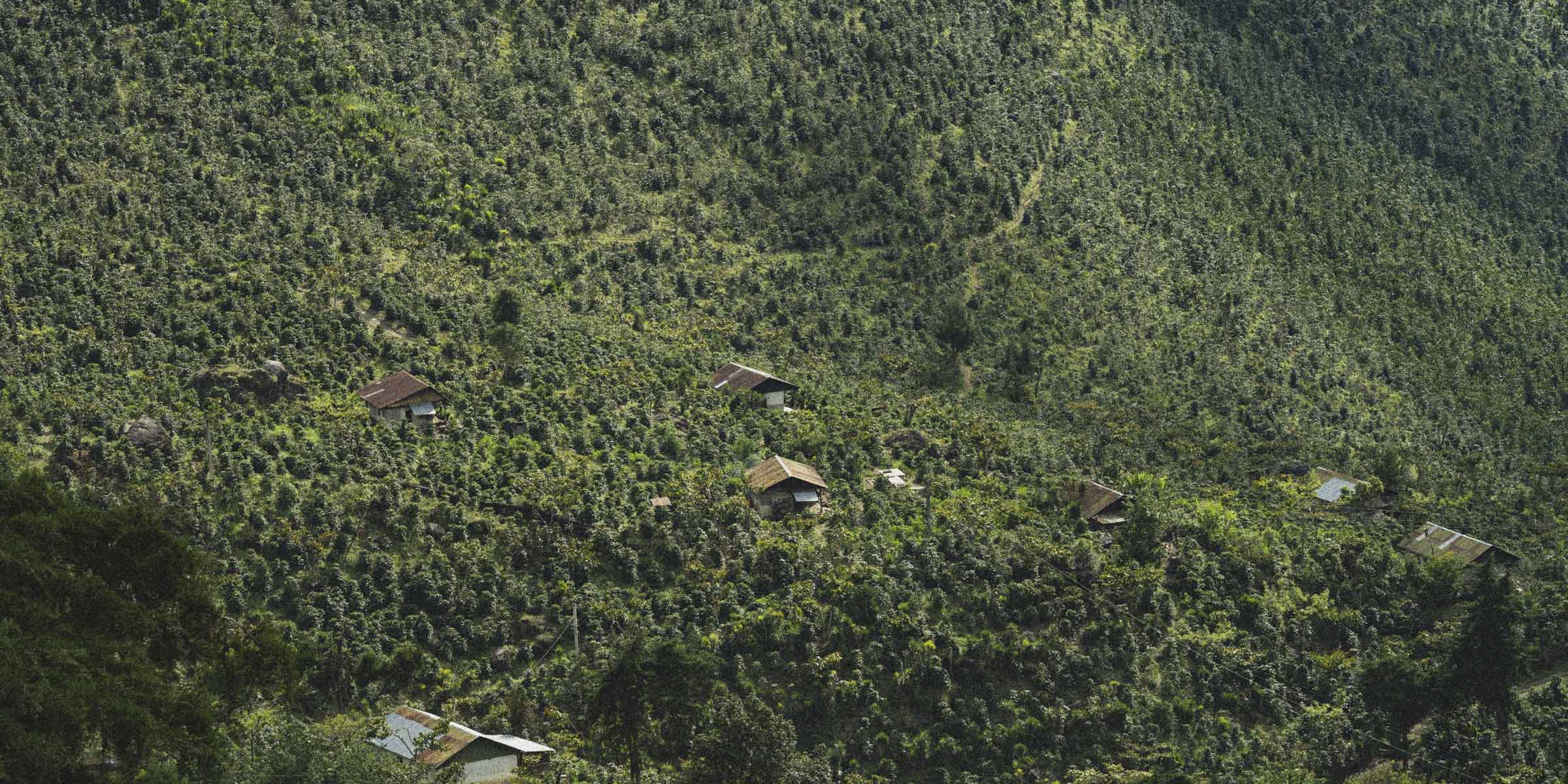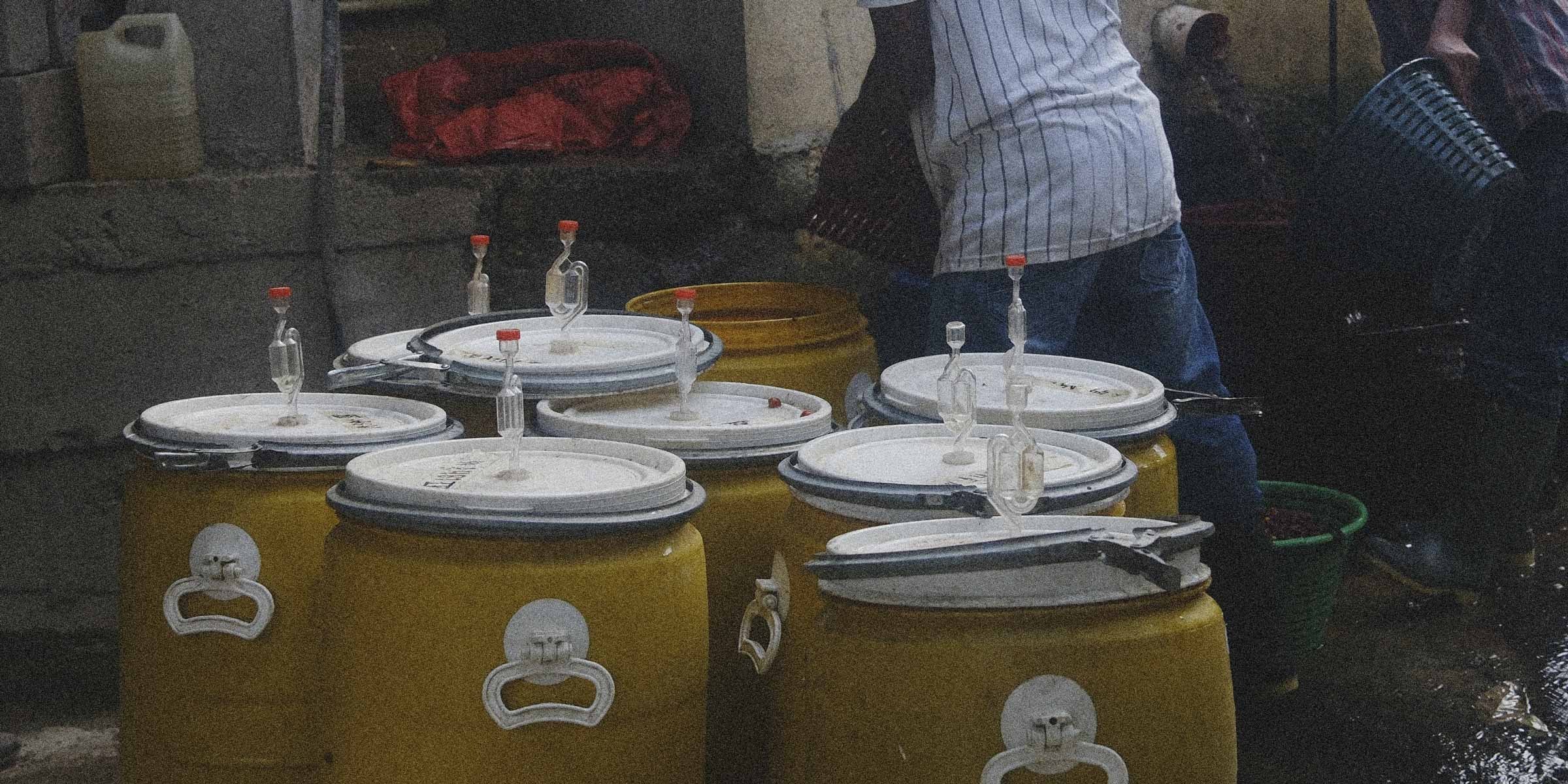
Coffees from Ethiopia are always a favorite. For many years, they have been the world's best-reviewed single-origin premium coffee beans. As the fifth largest coffee producer in the world, Ethiopia has mastered the art of harvesting and processing the beans, and the flavor profiles are perfectly complex and delicious.
Coffee Origins: Did Coffee Originate From Ethiopia?
There is some debate within the coffee community about the origin of coffee. Ethiopia claims to be the originating country of coffee. So does Yemen.
Yemen legend: According to the Yemen origin story, a Sufri monk drank ‘wine’ that had been made from a plant exported from Ethiopia, later discovered to be the coffee plant. He claimed that this drink gave him an intoxication that was sent from the gods to help him and other monks stay awake and alert for evening prayer and nighttime vigils.
Ethiopian Legend: On the other hand, the Ethiopian origin story claims that an Ethiopian goat herder named Kaldi noticed his goats were eating the 'beans' off of certain plants, coffee plants, and that when they ate these fruits they would become extremely energetic and refuse to sleep at night. He reported this observation, and people started using these 'magic beans' for trade. The legend of this energizing bean grew, and by the 15th century, coffee was moving all over the Arabian Peninsula.
So that leaves the question. Who drank coffee first? The debate will continue, but whether the first people to drink coffee were from Yemen or Ethiopia, most people can agree that the plant itself was first discovered in the forests of Ethiopia.
Growing Coffee in Ethiopia
The high elevations and mountainous regions of Ethiopia make for excellent growing conditions. There are more than a thousand varieties of coffee beans grown within the country. Because coffee plants grow naturally in Ethiopia, most of the plants are under shade, among other plants, and without the use of agricultural chemicals.
Three coffee production methods are used in Ethiopia: Forest Coffees, Garden Coffees, and Plantation Coffees. For Forest Coffees, the beans are wild-grown and harvested by locals. Garden Coffees are grown in smaller plots of land alongside a variety of other crops and are measured by individual plants rather than hectares. Plantation Coffees are beans grown on large estates. Only a small percentage of Ethiopian coffee is harvested this way. The Garden Coffee technique is the most popular method for producing coffee in Ethiopia.
Coffee is not only a popular crop in Ethiopia, but it is also an essential part of their culture. So much so, that they created a daily event known as the Ethiopian Coffee Ceremony. During this ceremony, locally grown coffee beans are hand-washed and roasted in a pan over an open fire. After the roasting is finished, the beans are placed on a clay plate or straw mat, and the aromas are savored among the guests. The beans are then crushed by a mortar and pestle, placed in a Jebena pot, and brewed with boiling water. The host, typically a woman, is the one who conducts the ceremony, and having this role is seen as a high honor. Incense is burned throughout the process and the coffee is usually served with popcorn.
In 2008, the Ethiopian Coffee Exchange (ECX) was created to organize pricing models and protect farmers from market variability. ECX improved coffee production and turned it into a stabilized asset by providing warehousing and trading assistance. With this system, coffee harvested by the farmers is delivered to local wet mills and sent over to warehouses where they are graded by region, physical qualities, and cupping experience. From there, the coffee is sold and delivered to Ethiopian exporters and brokers, who arrange the wholesale process with other countries. Although the ECX has improved the harvesting, processing, and exporting operations, the main downside is that their goal of consistency does not allow premiums for higher-grade crops. Instead, all crops are averaged together.
Ethiopian Coffee Flavor Profile
The ideal higher elevations in Ethiopia certify all of their green coffee to be labeled as Strictly High Grown (SHG) / Strictly Hard Bean (SHB). Due to the altitude, SHG coffees are grown slower, allowing for more nutrients to be delivered to the coffee beans. This increase in nutrients makes the coffee denser and more flavorful. Dry-processed beans were traditionally more common, but wet-processed beans are increasingly becoming more popular.
There are three central regions where single-origin coffee is produced and sold in Ethiopia. They are called Sidamo, Yirgacheffe, and Harrar. Each one of these regions produces coffee with its own distinct flavor profile.
Yirgacheffe: These coffees have a sweet and fruity flavor and aroma, with a light to medium body. They are incredibly fragrant and are regularly rated and reviewed as some of the highest-quality Arabica beans in the world. Since they are premium-grade coffees, they are often more expensive.
Sidamo: Best known for its rich mouthfeels, full bodies, and sweet and complex flavor profiles. Sidamo beans often have low acidity, with a vibrant aftertaste. Because of their flavor consistency, they are a staple Ethiopian bean for many coffee roasters.
Harrar: Most commonly dry-processed, these beans are heavy-bodied with a very spicy and fragrant aroma. They have a floral acidity and produce a bright, almost intensely flavored cup. The taste is often described as "wild" or "jammy" and is reminiscent of a blackberry.
From the rich and fruity flavors of Harrar to the bright and floral notes of Yirgacheffe, the unique characteristics that Ethiopian coffees have offered have become some of the best-reviewed and most sought-after premium coffee beans in the world.
